Nama Tempatan: Gorek
Nama Saintifik: Caesalpinia Bonduc (L.) Roxb.
Nama Lain: gray nicker, Nicker tree, putikaranja (sanskrit) , akitmakit (arab)
Famili: Caesalpiniaceae
Lokasi Dijumpai: Kelantan
Asal: Tumbuhan tempatan
KETERANGAN:
Gorek merupakan sejenis pokok yang merayap (vine) . Ia biasanya ditanam di kampung sebagai tumbuhan pagaran. Ia boleh tumbuh sehingga panjangnya lebih kurang 10 meter. Daunnya dari jenis bipinat.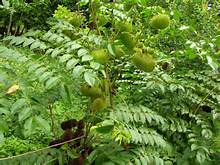
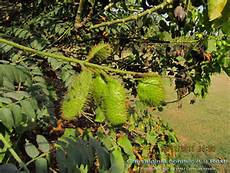
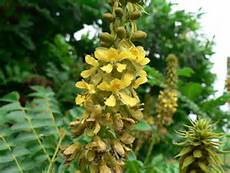
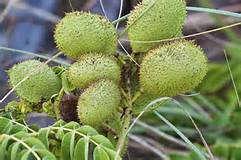
KEGUNAAN:
Air rebusan bijinya boleh digunakan untuk merawat darah tinggi, kencing manis . Tumbuhan ini juga digunakan untuk merawat malaria.
Kalumbibit / Caesalpinia bonducella / Physic nut / Hua nan yun shi: Philippine Medicinal Herbs / StuartXchange
| Botany Kalumbibit is a prickly shrub or woody vine reaching a length of 10 meters or more. Leaves are bipinnate, often nearly 1 meter long, with the rachis armed with stout, sharp, recurved spines. Pinnae usually number about 10 pairs and are about 20 centimeters long with a pair of short, sharp spines at the point of attachment of each pair of leaflets. Leaflets also number about 10 pairs and are oblong, 2 to 5 centimeters long and somewhat hairy. Flowers are yellow, borne in axillary, simple or panicled racemes and about 1 centimeter long. Calyx is deeply cleft, the disk basal, the lobes imbricate, the lowest one larger than the others. Petals spreading, usually clawed, the uppermost smaller than the others. Stamens, 10, free, declinate, anthers versatile. Ovary few-ovuled. Fruits are pods, oblong 5 to 7 centimeters in length, inflated and covered with slender spines and contain one or two seeds. The seeds are large, somewhat rounded or ovoid, hairy, grey and shiny.
Properties Parts utilized Uses Studies Availability |

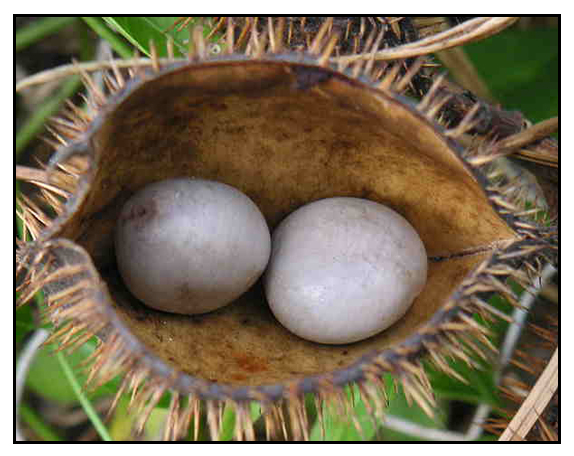 Distribution
Distribution